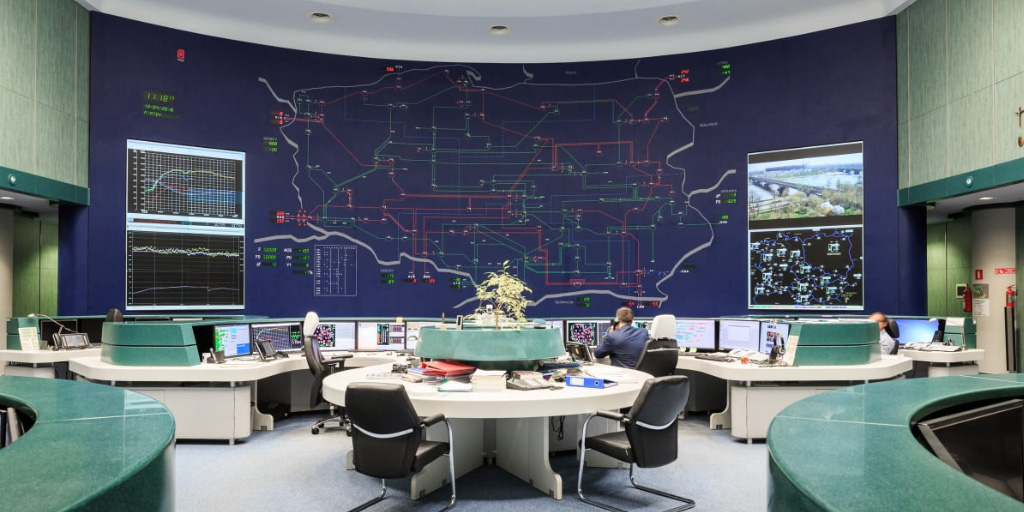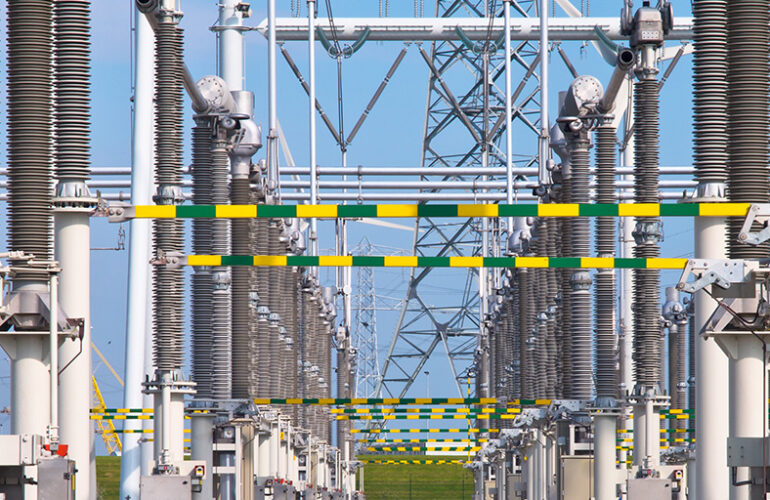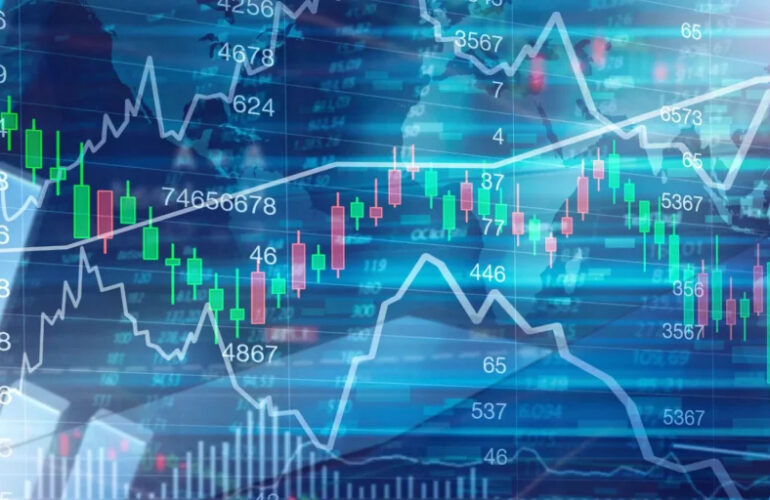ENERGY CONSUMPTION AUDIT IN IT AND DATA CENTERS – OPTIMIZING IT INFRASTRUCTURE ENERGY EFFICIENCY
An energy consumption audit in IT and data centers allows companies to understand how their IT infrastructure, including servers, cooling, ventilation, and power systems, contributes to overall energy use. Our audit provides a detailed analysis of the energy intensity of IT equipment and support systems, identifying areas with high energy demand. This approach delivers actionable recommendations to help reduce energy consumption, lower operational costs, and support sustainable development.
1. Inventory and Analysis of IT Equipment
Our first step involves an inventory of IT equipment, including servers, storage, networking hardware, and UPS units. We assess the energy consumption of each device, evaluating efficiency and load. This analysis helps identify energy-intensive devices and underutilized ones that may contribute to unnecessary energy waste.
2. Evaluation of Cooling and Ventilation Systems Efficiency
Data centers and server rooms generate significant heat, requiring efficient cooling and ventilation. We assess the efficiency of cooling systems, including precision air conditioning and ventilation, examining factors like:
- Cooling system efficiency in relation to power demand,
- Server arrangement and airflow optimization to reduce cooling needs,
- The potential for zonal cooling to target heavily used areas only.
3. Energy Use in UPS Systems and Power Management
UPS systems ensure uninterrupted power for IT equipment but also consume energy. We evaluate the UPS system’s efficiency and energy management, including:
- Determining which loads require UPS support and which can operate without backup to reduce energy use,
- Using advanced energy management features in UPS devices for optimized performance,
- Verifying backup power needs against actual load requirements.
4. Virtualization and Resource Consolidation Recommendations
Virtualization and server consolidation are key strategies for reducing the number of physical devices, thus lowering energy demand. We recommend:
- Server virtualization to run multiple applications on one server, reducing the physical server count,
- Hardware consolidation to maximize resource use and eliminate inefficient devices,
- Upgrading to modern, energy-efficient servers and networking hardware for greater performance with lower energy consumption.
5. Adoption of Energy-Efficient Cooling Technologies
Modern cooling technologies, such as “free cooling” (using outside air) and liquid cooling, can significantly cut energy use in data centers. In our audit, we:
- Assess the feasibility of implementing free cooling, especially effective in cooler climates,
- Evaluate liquid cooling for high-load devices to improve heat dissipation,
- Analyze zonal cooling methods to focus cooling on intensively used areas only.
6. Optimization of Airflow in Data Centers
Efficient airflow in server rooms reduces cooling system load. We analyze airflow in server rooms and suggest optimized equipment layout for maximum cooling efficiency, recommending measures like:
- Hot and cold aisle configurations to better direct cool air to servers and remove warm air,
- Use of physical barriers and containment to prevent warm and cool air from mixing,
- Adjusting fan speeds based on cooling requirements.
7. Implementation of Real-Time Energy Monitoring Systems
Energy monitoring systems enable real-time tracking of energy use, helping identify areas for optimization. We introduce monitoring systems that:
- Track energy use by individual IT devices, cooling, and power systems,
- Enable rapid response to unexpected energy spikes or technical issues,
- Support analysis of long-term energy trends for ongoing optimization.
8. Recommendations for Transition to Energy-Efficient Equipment
Many older IT devices consume far more energy than modern solutions. Based on audit results, we recommend replacing equipment with more energy-efficient alternatives, including:
- Upgrading old servers to newer models with higher performance and lower energy use,
- Selecting ENERGY STAR-certified IT equipment for optimal energy efficiency,
- Implementing energy management software to automatically adjust energy use based on workload.
9. Development of a Long-Term Energy Optimization Strategy
At the audit’s conclusion, we provide a long-term action plan, including:
- Regular energy use monitoring and efficiency reviews,
- Ongoing upgrades, including phased equipment replacement and new technology adoption,
- Training programs for the IT team on energy management, fostering employee engagement in achieving energy goals.
Benefits of IT and Data Center Energy Consumption Audits
An IT energy consumption audit delivers numerous benefits, including:
- Significant energy cost savings through more efficient IT infrastructure management,
- Reduced greenhouse gas emissions contributing to a smaller carbon footprint,
- Improved reliability of IT and cooling systems through optimized performance parameters,
- Increased operational efficiency by maximizing IT resource use and enabling real-time infrastructure monitoring.
Our energy consumption audit in IT and data centers helps companies reduce costs, meet sustainable development standards, and become leaders in IT energy efficiency.

































